Before diving into pricing strategies to increase revenue when selling window treatments, let’s start with some information on how our brain works. These examples and explanations are from Episode 11 of The Brainy Business podcast by Melina Palmer. Melina has a master’s in Behavioral Economics and her podcast is about understanding the psychology of why people buy. I highly recommend it!
Anchoring and Adjustment
When our subconscious brain doesn’t know an answer to something, it makes a guess. Suppose you are asked the question “Are there more or less than 10,000 emperor penguins in Antarctica? And how many do you think there are?” What would your answer be? Well, there are actually 595,000 emperor penguins in Antarctica. Was your answer a lot less than that?
How about this one… “Are there more or less than 1000 countries in the world? How many do you think there are?” The answer is 195. Was your number higher than that?
So what happened? Your subconscious took the number that was thrown out to you and assumed the person asking the question must know something about emperor penguins or the number of countries in the world and used that number as a starting point. What if the question was simply “ How many emperor penguins are there in Antarctica” without the preface of “more or less than 10,000”? Would your number have been different? Or what if the anchor was 1 million or 10 million or 100 million?
Here’s the thing… our brains are really lazy. The brain has a lot going on and the brain is all about shortcuts. For example when you were asked about the number of countries, your brain’s conversation with itself might have been something like this.
Hmmm….let’s see how many countries I can name. France, Japan, England, United States, Russia, No, that’s going to take too long and it’s a lot of work. Maybe I’ll try some other rule of thumb, like estimating. I know North America has three countries and there’s Australia and New Zealand out there. Let me think of a map. Maybe there’s an average of 20 countries on the other four continents. But maybe I will pad it a little because I’m probably forgetting a bunch so let’s go with 30 per continent. 30 times 4 equals 120 plus those other countries I named… so I’m guessing 125.
Not too far off! But because you were given the high anchor of 1000, your brain skipped that whole estimating thing and went with the easier method of thinking “they must know something about the number of countries”
Here is one more example before segueing into interior design and window treatments. A study was done in a grocery story with Snickers. There were two different end cap displays. The first was “Snickers bars – buy them for your freezer” and the second was “Snickers bars – buy 18 for your freezer”. Was there any difference is sales?
The result was a 38% increase in sales for the end cap display with buy 18 for your freezer. Your brain thinks, 18! That’s crazy. I’m way better than people who are buying 18. I’ll just buy 6. Did you see what just happened? That’s Anchoring and Adjustment at work.
Set price expections
So how do you use this in your interior design business and selling window treatments? What should you do when asked about pricing? First, don’t say “it depends” and give no price. When you don’t talk about pricing, the customer has no point of reference and their anchor is zero. Second, don’t give the opening or starting price point in the product category. When you are asked about pricing, give a high (but realistic) anchor first.
That can be hard. You may want to give the opening price point so it doesn’t seem too expensive. Here’s what happens when you do. Let’s pretend your client asks how much it costs for a cell shade for a standard window. You say Hunter Douglas Duette cell shades start at $351 for a standard window of 36” x 60″. $351 becomes the anchor for your client and while what you are actually saying is $351 and up, our brains do a little flip and that almost becomes the budget. Now your client is thinking they don’t want to spend more than $351. So when they select a higher price group material and an upgrade on the lift system, they are still thinking $351 and the whole transaction is set up to fail. Your client might have had a bigger budget than that and maybe they would have been happier with the features and benefits of the more expensive shade, but it is much harder to get them there when you unintentionally set this low anchor.
Here’s what you might say instead… The most expensive option is around $1700 for a single window but we have a wide range of materials and lift systems to choose from to meet almost any budget. The average person spends around $625 per opening but there are options as low as $350.
Now what has happened? Your clients are excited when they find a mid-range option they love that solves their problem of light control or privacy or whatever reason they needed the cell shade for. And you’ve sold an option with more profit to you. WIN-WIN. And of course another possible outcome is that they buy the most expensive option because of its features and benefits. That $1700 most expensive option was a motorized blackout Duette shade with LightLock in Alexa Metallic material. It’s a beautiful product and perhaps perfect for someone that needs complete dark to sleep during the day.
We’re not trying to scam or trick our clients. We are simply incorporating behavioral economics into our business to make it more brain friendly.
Let’s take a look at a few soft treatment examples. When your client asks how much draperies cost, you might say for a double window 6 feet wide, the most expensive option is $4150 per window but there is a wide range of material, trim, and hardware to choose from to meet almost any budget. The average person spends around $2000 per double window but we have many options as low as $725 per window.
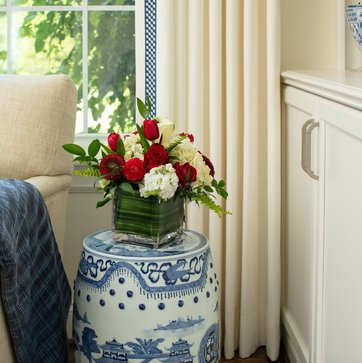
Here our most expensive option is lined and interlined French blackout silk panels with leading edge bead trim, tie backs, and custom made wrought iron hardware. This is a potential solution for a formal dining room which has one double window with an arched top that is the focal point of the room. The “average customer” option is for a pair of stationary pleated panels, 1-1/2 widths of material each, with inset leading edge tape trim and 2-1/4” diameter wood hardware. And the lowest price option is for unlined stationary pleated sheers, 1 width of material each, with 1-1/8” diameter metal hardware.
When you are asked how much roman shades cost, you might say for a 36” x 60” window the most expensive option is $1650 per window but there is a wide range of material, trim and lift systems to choose from to meet almost any budget. The average customer spends around $700 per window but we have many options as low as $350 per window.
In this example our most expensive option is a reverse mount shade with valance, inset tape trim on three sides, blackout lined with internal ribs, and a motorized lift system. A customer with a window with very little mounting depth (like in an older house) who wants blackout shades in his bedroom with ease of operation may find this a good option. The “average customer” option is for a standard mount shade with internal ribs and a cordless lift system. And the lowest price option is for an unlined sheer roman shade with cordlock controls.
When you are asked how much a box pleat valance costs, you might say for a single window up to 4 feet wide, the most expensive option is $825 per window but there is a wide range of material and embellishments to choose from to meet almost any budget. The average person spends around $475 per window but we have many options as low as $250 per window.
This time our most expensive option is a pleated valance with a serpentine shaped hem, open header and rope trim with knots at the corner at the header. This option has design embellishments at both the hem and the header plus a trim embellishment at the header. The “average customer” option is a pleated valance with an arched hem, contrast inserts and inset banding at the top. The lowest price option is a pleated valance with a straight hem.
Disconnect from an arbitrarily low budget
Now let’s switch gears and look at the real life example of selling real estate. This is a big ticket item and the client probably has an existing anchor (perhaps unrealistic?) and it is often too low. This anchor is the budget of what they want to spend or what they spent on their last home 20 years ago. Can you relate to that? Yes, budgets do matter and you need to be responsible when dealing with your clients’ budgets but sometimes you need your client to disconnect from that low anchor and be realistic about what the options are (in this case what houses are actually available and current market prices).
With any sort of comparison shopping, you want to start with the most expensive option on the list. But here we need a decoy to get the customer to disconnect and set a new anchor. The realtor should have a house that is more expensive than what she thinks is best. If what she thinks is best is already at the top of their budget, she should show something that is outside their budget first. Of course, you have to do this with caution based on each individual client. Some clients may really not appreciate being shown something outside their budget. In that case, the realtor should consider the route taken when driving the client to the first house that is within the budget. What the client sees en route and what the realtor says will make a difference. She should drive through the more expensive neighborhoods and mention prices along the way saying something like… “This house is a little higher than what you are in the market for. It just sold for $900,000. And further down the road saying… “I remember working with a family who bought this house last year. It was $1.1 million and a real bargain given the size of the yard. Their family is so happy.”
The realtor is not taking the client into these houses so she is not ignoring her client’s budget. It seems like idle chit chat, but the client’s subconscious brain will remember the numbers when shown houses that are in his budget and those houses will seem like a better deal.
Can we apply this strategy when taking your client into a tile store or to a design center to choose fabrics for window treatments? Definitely! Be mindful of what you are walking past and the price of those items. Make sure you are familiar with the store layout and inventory. You should walk through the store past more expensive items and point them out before you get to what you want to show your customer. At the Designer’s Library in Rochester, NY fabric displays are grouped roughly by price. The higher end lines like Scalamandre or Cowtan & Tout are on the right side of the second floor and more budget friendly lines like Trend are on the left side of the second floor.
Value the benefits of optional features
The concept of Anchoring and Adjustment may seem easy to apply when you have three choices with a set price for each. But what happens when you are selling items with a lot of options and features and add-ons? Buying a car is an example of this scenario. There are two approaches:
- Give the customer the baseline price and a list of all the items you can add on to customize the car. You tell the customer “Have fun! Make it your own!”
- Give the customer the top of the line with 75% to 100% of the possible features already selected. You tell the customer “Remove anything you don’t want or add anything you do want.”
Do you think people end up spending the same amount in both scenarios? Of course not! People will buy more expensive vehicles and packages with option 2.
Let’s look at selling a window treatment for a bathroom that has a bathtub in front of the 36″ x 60″ window. Offer a top of the line product with 75% to 100% of the possible features. In this case you might suggest a top-down bottom-up, motorized Vignette shade with a surface mount scene controller for $1575. Why Vignette? …because a Vignette shade has soft folds and looks great when it is in the closed position. The shade may be in the closed position quite a bit of the time for privacy. The customer can open the shade from the top (the top-down feature) to allow some light in the room and also still have privacy. And the customer can open the shade from the bottom (the bottom-up feature) if they want to open the windows and let fresh air in. Motorization allows the customer to easily change the position of the shade without climbing into the bathtub. The wall mounted scene controller allows the customer to have pre-programmed shade settings (1/2 open, 3/4 open, completely closed, etc.), and move the shade with just a touch of the button on a controller that is never lost or accidentally pushed into the tub.
Of course the customer can take away features they don’t want. They might elect to go from a motorized lift system to a cordless lift system for $925. With this option they would still have the benefits of top-down bottom-up operation and would likely set the shade partially open at the top allowing light in the room while maintaining privacy. The cordless lift system would provide a clean look at the window yet they could still change the shade position as desired.
They could opt to go from top-down bottom-up operation to a standard bottom-up Vignette shade for $750. With this selection they would most likely leave the shade down all the time for privacy, but this is still a great option with the soft folds of the Vignette and the clean look of cordless control.
With this brain friendly approach, your customer is much more likely to buy window treatments with the add-on features that actually solve their problem rather than settling for less simply because of a low anchor.
In summary, the three pricing strategies to increase revenue using the concept of Anchoring and Adjustment are:
When asked about pricing, give the highest priced option first followed by what an average customer spends and then the low cost option.
When your customer has an arbitrary or unrealistic budget, show (or talk about) a decoy that is priced higher than the option you think is best.
Present the top of the line option with 75% to 100% of the add-ons, options, and features already selected. Let your client take away what they don’t want.
Parkway Window Works is here to help you sell window treatments with complete confidence and to get your clients excited about investing in window treatments they’ll love — and at the same time add higher profits to your bottom line. Ready to partner with us? Contact us to get started.


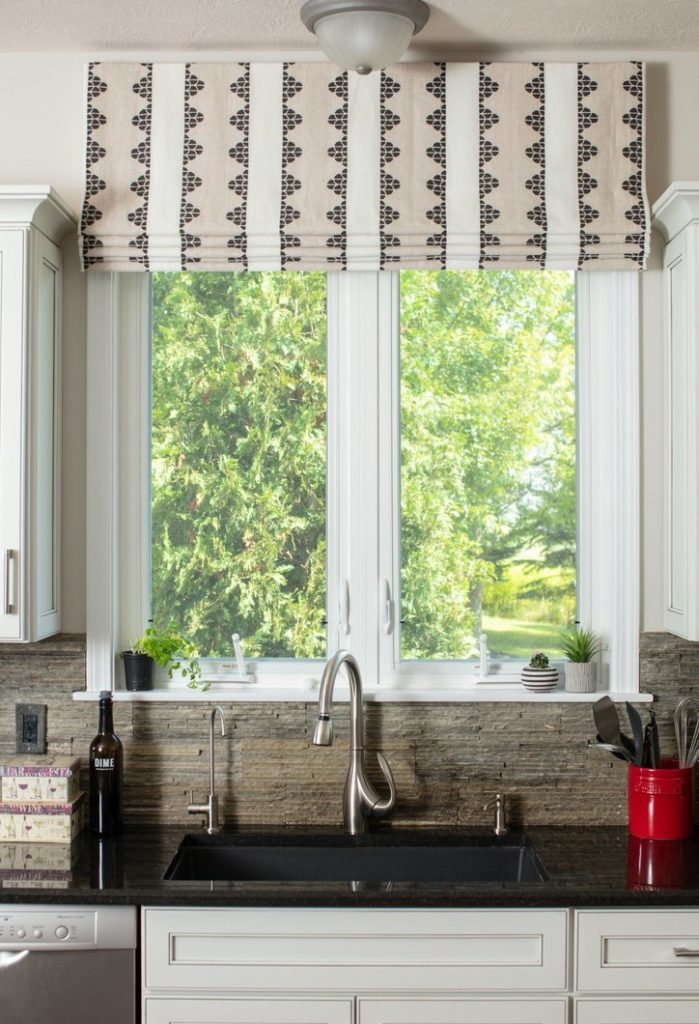
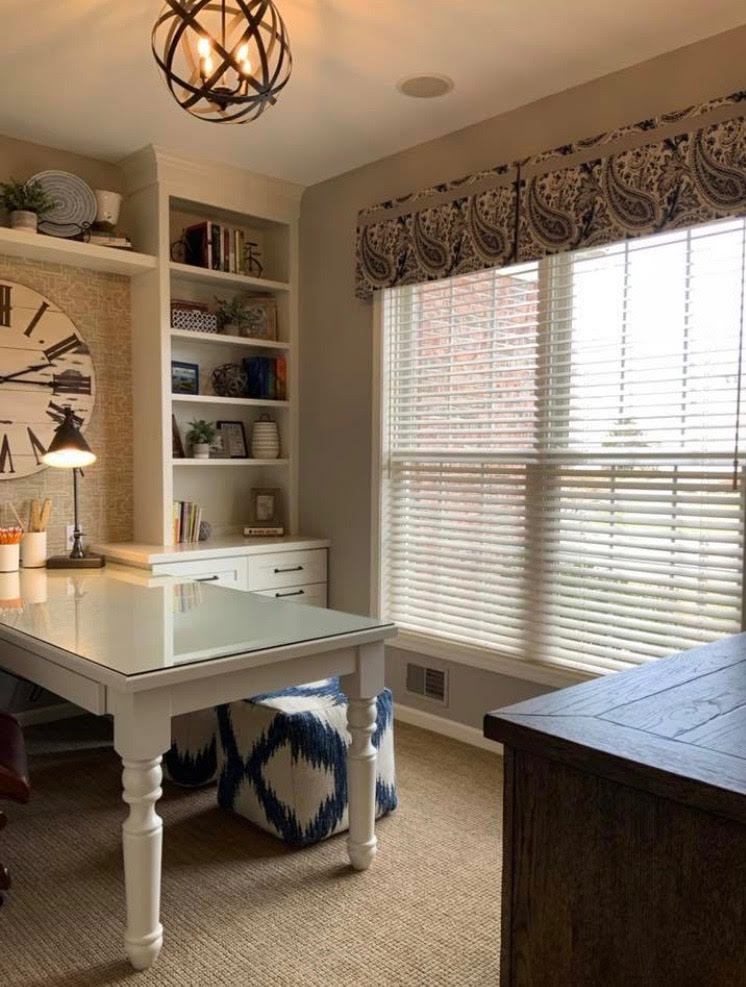
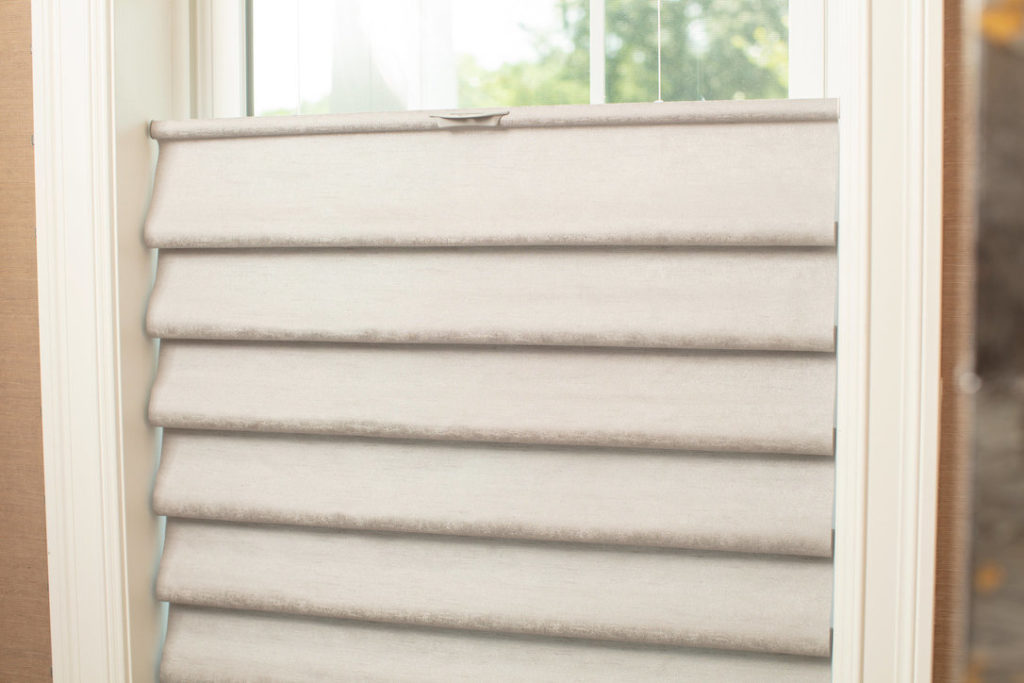
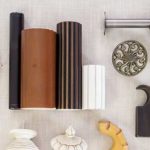
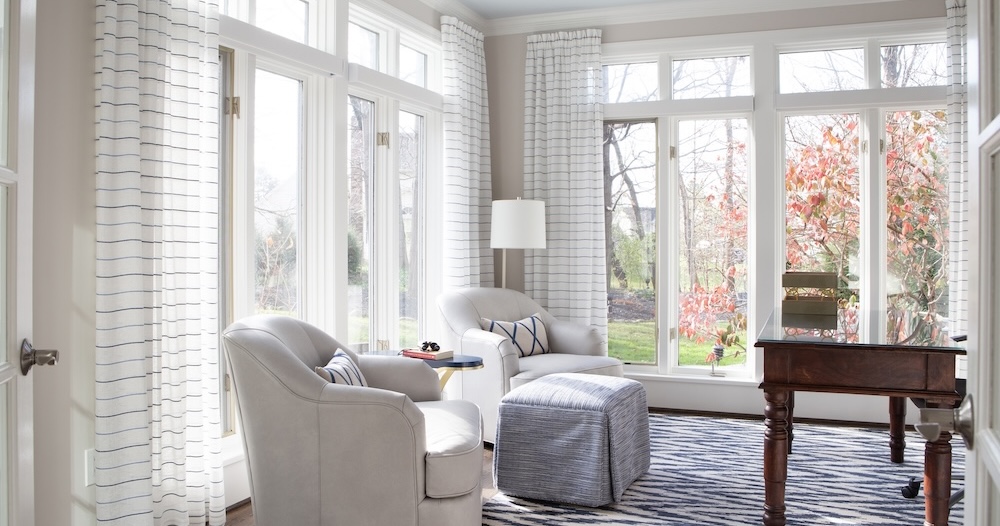
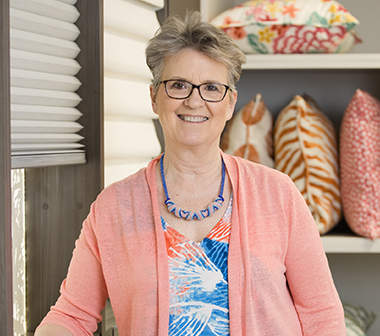
Ronica VanGelder
| 20 October 2019This is great information! I love it!
Ceil DiGuglielmo
| 22 October 2019Peggy, this is such a great article!!! Thank you for sharing the information.
Peggy
| 22 October 2019Thanks, Ceil!